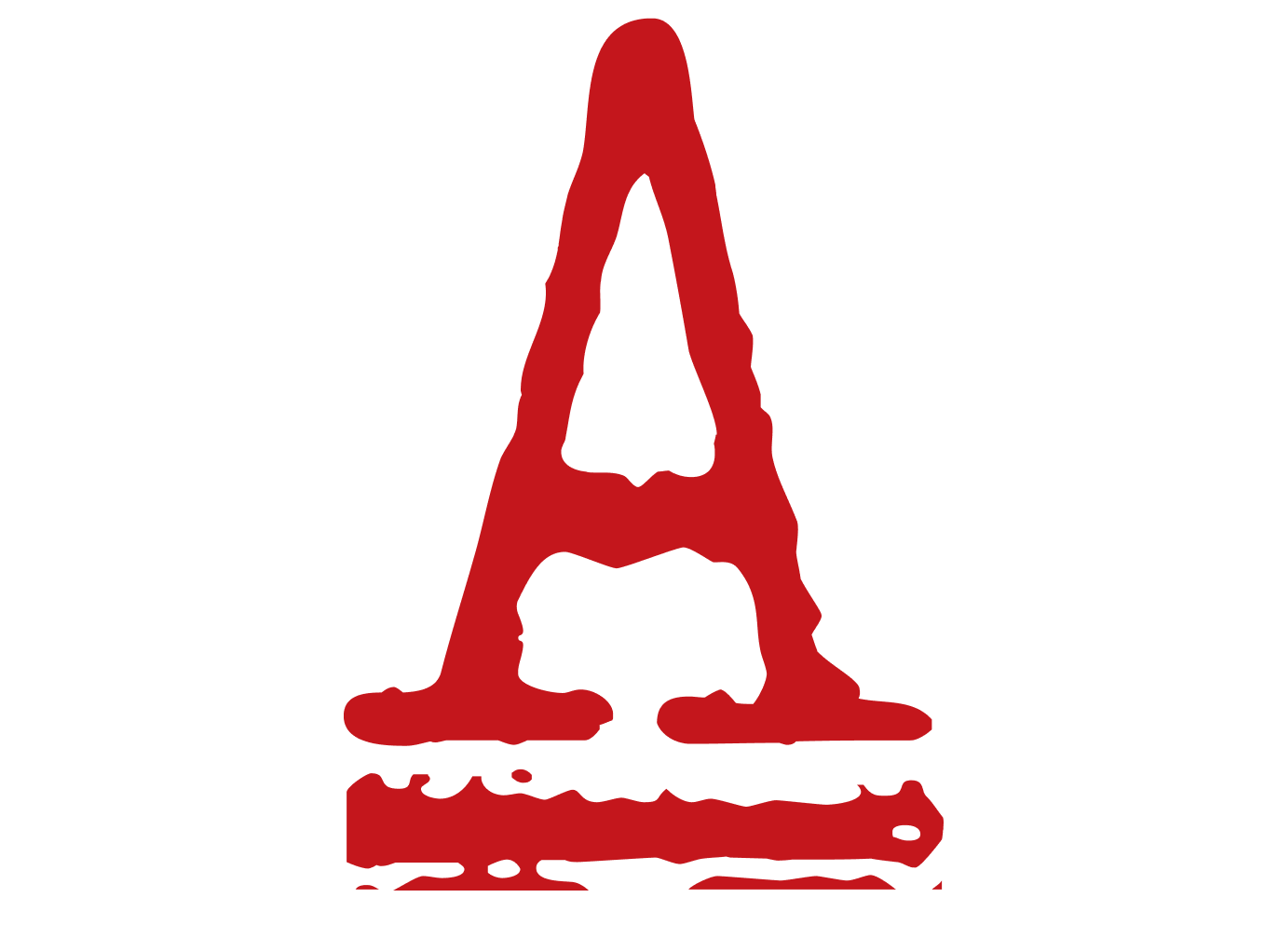By Alexander Stern, May 30, 2023
Given their similar spellings, a young student might be forgiven for confusing the words “anarchism” and “anachronism.” The concepts named by each term, on the other hand, are relatively easy to distinguish. But Unrest—a film based on Russian political philosopher Pyotr Kropotkin’s 1870s travels among the anarchist watchmakers of the Swiss Jura Mountains—mixes together anarchistic opposition to coercive social organization with a refusal of the dictates of time.
A straightforward (but intentional) anachronism captures the film’s central theme. At a meeting of an anarchist collaborative, one of the members reads out a letter from an affiliated organization in Campania, Italy, where there was an anarchist uprising in 1877. Its authors write, in part, “An anarchist society that organizes itself without authority exists always, like a seed beneath the snow, buried under the weight of the state.” The quotation comes nearly word-for-word from a book by British anarchist Colin Ward, inspired substantially by Kropotkin but published in 1973, nearly a hundred years after the action of the film. It neatly describes Kropotkin’s understanding of anarchism as an organic form of organization whose natural origins make it a superior alternative to the artificial, hierarchical, and oppressive organization of the state and industry. Unrest dramatizes resistance to a form of tech-reliant, state-facilitated capitalist control that was just getting started in the 1870s, was well-established by the 1970s, and is hypercharged today. A meditative reflection on this form of control, director Cyril Schäublin’s film manages to avoid heavy-handedness while leaving no doubts about where its sympathies lie.
The technology at the center of Unrest is time itself. The workers of the watch factories of the Jura Mountains—still the center of Swiss watchmaking today—both produce time through their craft and are increasingly ruled by it. The film’s title contains a double meaning, referring to both the social agitation rampant in the region and a watch’s “unrest” or “balance wheel.” The so-called “heart of the watch,” the unrest wheel oscillates back and forth to turn the watch’s gears and produce the familiar ticking that constitutes much of this film’s spare soundtrack. In one scene, Josephine, an unrest-wheel fitter, and other workers are timed by a lab-coat-clad forerunner of today’s management consultants to see how long it takes them to assemble the parts of the watch. Some of the workers resist this Taylorist intrusion by working slowly on purpose, but others worry that they will be fired if they don’t raise their work rate.



